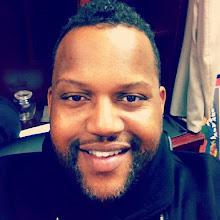
Hundreds of years ago, when our African ancestors were brought from their native land to America, they brought with them certain customs, ideals and beliefs that soon became the African-American way of life.
Dance, religion, food and music are among the richest sources of African-American culture and sadly, they have become so mainstream that people no longer identify them with the struggles of slavery and the adaptation to a new way of life.
Since many of our customs have transformed American culture, it has always been a good time to be black. But today it is necessary for us to reclaim what has always been ours. Yes…we are proud to be American and we know that it is a privilege to live in the land of the free. However, we are also a people of rich history and we should not continue to the sell out our entertainment companies, exploit of our women and victimize of our communities.
African-American fashion, music, food, art and religion are cornerstones of black tradition. Slaves were forced to assimilate to the American ways of life but somehow maintained their practices and integrated them into American culture. Today, the preservation of this history is overlooked and oftentimes referred to as "ghetto" or "unpatriotic."
The dashiki has become a fashion statement. Purses, shirts, jackets and other items of clothing and jewelry bear this pattern. Yet, many of those who wear it are unaware of its origin and importance. Soul food is enjoyed by all races and is a product of the inexpensive resources that slaves were afforded after emancipation and economic oppression.
In order to maintain our significant position in the advancement of our country, blacks must be able to reclaim what our ancestors began and identify with our culture.
Although we have made great strides and have overcome the many setbacks of racism and discrimination, there is still much more to be done.
Read the Rest of the Story Here.
 It was the ultimate Kodak moment.
It was the ultimate Kodak moment. 




















